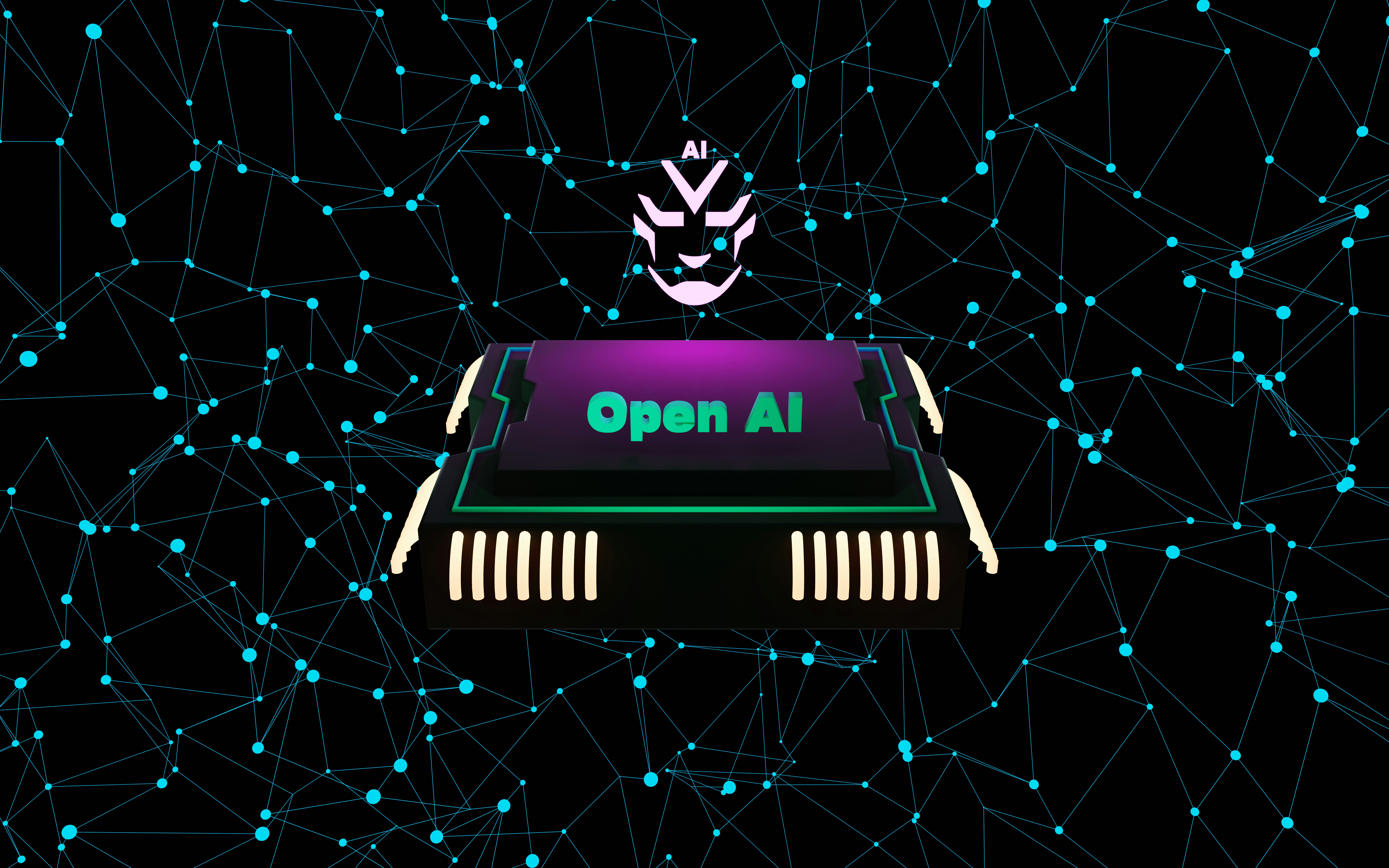
The Rise of E-Learning Platforms
Over the past decade, e-learning platforms have witnessed significant growth and evolution, effectively transforming the education landscape. These digital platforms provide educational resources and courses accessible from virtually anywhere, thus promoting a more flexible learning environment. Factors contributing to the surge in e-learning popularity include enhanced internet connectivity, rapid advancements in technology, and the shifting educational needs of today’s learners.
Increased internet access worldwide has been a pivotal factor in the acceptance of e-learning platforms. As more individuals gain reliable internet connectivity, educational institutions and learners have increasingly turned to online resources to supplement traditional learning methods. This move not only broadens the reach of educational materials but also facilitates learning across diverse demographics, transcending geographical constraints. Moreover, as mobile technology continues to evolve, the versatility and convenience of accessing educational content via smartphones and tablets have further fueled the proliferation of e-learning options.
Advancements in technology, including the development of sophisticated learning management systems (LMS) and interactive multimedia content, have enabled e-learning platforms to provide engaging and immersive educational experiences. Features such as video lectures, quizzes, and discussion forums foster active participation among learners, which can sometimes be lacking in conventional classroom settings. Additionally, the incorporation of artificial intelligence and machine learning allows for personalized learning paths that accommodate diverse learning paces and styles, thus optimizing the educational journey for individuals.
It is essential to consider the differences between traditional education and e-learning approaches. Traditional education, often characterized by face-to-face interactions, offers certain advantages, such as immediate feedback and social engagement. However, it may not always cater to the specific needs of all learners. E-learning platforms, conversely, provide flexibility, allowing learners to progress at their own pace while accessing a vast array of resources. Nevertheless, limitations such as the absence of personal interaction and the necessity for self-discipline can hinder some learners. Balancing these methods will be crucial as we advance into the future of education.
Benefits of E-Learning for Students
E-learning platforms have significantly altered the landscape of education, presenting an array of benefits that cater to the diverse needs of students. One of the primary advantages is flexibility in scheduling. Traditional education systems often impose rigid timetables, which can be challenging for students balancing various responsibilities, such as part-time jobs or familial duties. E-learning provides the ability to learn at one’s own pace and convenience, allowing students to engage with materials whenever and wherever they choose. This adaptability enhances the overall learning experience and promotes better time management skills.
Moreover, e-learning platforms offer a wide range of course offerings that may not be available in local educational institutions. Students can explore various subjects and disciplines, enabling them to pursue interests that align with their career aspirations or personal goals. For example, platforms such as Coursera and Udemy provide access to courses taught by industry experts from around the globe, broadening students’ educational horizons without geographical restrictions.
Personalized learning experiences are another cornerstone of e-learning. Many platforms utilize adaptive learning technologies that tailor content to individual students’ needs and learning styles, fostering a more engaging and effective educational environment. This approach accommodates diverse learners, allowing those with varying paces of study to thrive. Statistics reveal that students who utilize e-learning resources often exhibit improved retention rates and higher satisfaction levels compared to traditional learning methods.
Accessibility is crucial in contemporary education, and e-learning platforms excel in this regard by breaking down geographical and financial barriers. Students from different backgrounds can access quality education, often at a lower cost than conventional alternatives. Success stories abound, with numerous learners transitioning to higher-paying jobs or pursuing further education after engaging with online courses. Through these transformative experiences, e-learning proves to be an invaluable asset in modern education.
Challenges Facing E-Learning Platforms
The rise of e-learning platforms has significantly transformed the landscape of education. However, several challenges remain that can hinder the effectiveness and accessibility of these digital learning environments. One of the primary obstacles is technology access. In many regions, there is inadequate infrastructure, such as reliable internet connectivity and access to devices, which restricts students from participating fully in online courses. As educational institutions move towards digital solutions, addressing the digital divide becomes imperative to ensure that all learners have equitable access to resources.
Another critical concern is digital literacy. While some students adapt quickly to e-learning environments, others may struggle due to varying levels of comfort with technology. This discrepancy can create obstacles that impact the effectiveness of online learning as those with limited digital skills find it challenging to engage with the material or seek help when needed. Educational platforms must therefore implement user-friendly interfaces and offer training resources that enhance digital literacy among all students.
The effectiveness of online learning compared to traditional in-person instruction has also been a topic of debate. Research indicates that some students may find it difficult to remain motivated and engaged in a virtual learning environment, leading to issues of retention and comprehension. Distractions in home settings, such as family activities or the temptation of social media, can further exacerbate this issue. To mitigate these challenges, e-learning platforms should foster interactive and multimedia-rich content to maintain student interest.
Lastly, the need for robust support systems is critical for guiding learners through their educational journey. Institutions must establish comprehensive support services that offer academic guidance, mental health resources, and technical assistance to help students navigate this new realm of education effectively. By addressing these challenges thoughtfully, the potential of e-learning platforms can be fully realized, paving the way for a more inclusive and effective educational future.
The Future Trends in E-Learning
As education continuously evolves, e-learning is at the forefront, driven by technological advancements that are reshaping the landscape of knowledge acquisition. One of the most impactful trends involves the integration of artificial intelligence (AI) into e-learning platforms. AI-powered tools are revolutionizing personalized learning experiences, providing tailored content that adapts to individual learner’s needs and preferences. This bespoke approach not only enhances student engagement but also facilitates better comprehension, making education more accessible and effective.
Another significant trend is the increasing use of virtual reality (VR) in educational contexts. VR technologies create immersive learning environments, enabling students to interact with complex concepts in ways that traditional methods cannot achieve. For instance, learners can explore historical events, conduct virtual science experiments, or practice real-world tasks in a safe and controlled setting. This hands-on approach enhances retention and fosters deeper learning, especially in fields requiring experiential knowledge.
Gamification is also gaining traction within e-learning platforms, transforming mundane educational content into engaging and interactive experiences. By incorporating game-like elements such as points, badges, and leaderboards, educational content becomes more appealing, motivating learners to progress through their studies. Research indicates that gamification can significantly improve learner retention rates and increase overall satisfaction, particularly among younger demographics.
As we look to the future, the integration of these technologies signifies a shift in teaching methodologies. Educators are likely to embrace a more facilitative role, guiding students through personalized, technology-enhanced learning experiences. This evolution not only promotes active engagement but also encourages collaboration among students, fostering a community of learners. With the rapid development of e-learning methodologies, it is clear that e-learning platforms are poised to redefine education, making it more innovative and aligned with the needs of 21st-century learners.



